
from $ 237 member

Berenice Abbott – Witnessing New York’s Metamorphosis “Photography,” said Berenice Abbott, “can never grow up if it imitates some other medium. It has to walk alone; it has to be… Read more
Intro Bio Exhibitions


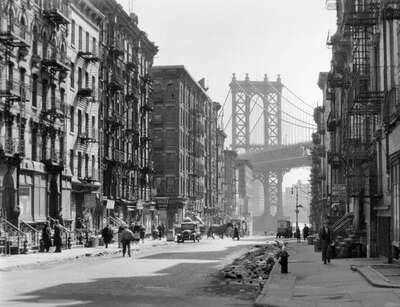

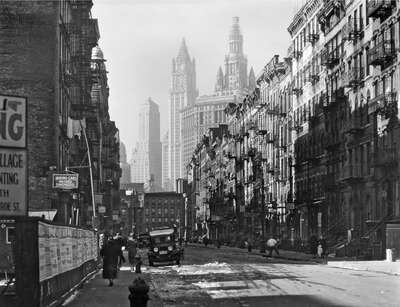





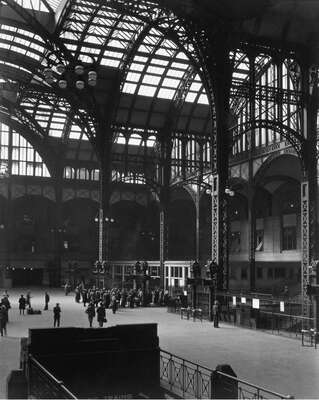

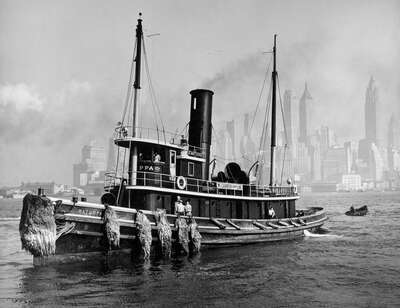

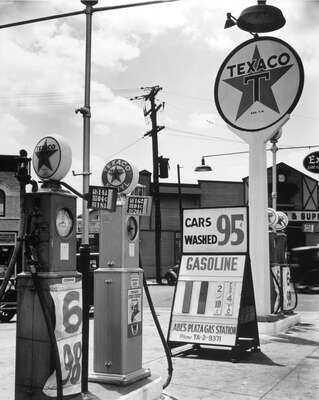

| 1898 | Born in Springfield Ohio, USA |
| Studies of Journalism at Ohio State University | |
| 1918 | Moved to Greenwich Village, New York together with Djuna Barnes, Kenneth Burke and Malcolm Cowley |
| 1921 | Begin of studies of sculpting at St. Emile Bourdelle in Paris, France |
| 1923-1925 | Assistant of Man Ray in Paris Montparnasse, France |
| Acquaintance with Eugène Atget | |
| First studio in Paris, France | |
| Studies of Photography in Berlin, Germany | |
| 1927 | Return to Paris and opening of the second studio |
| 1929 | Return to the USA and work as freelance photo reporter |
| 1934-1958 | Lecturer for Photography at the New School for Social Research in New York, USA |
| 1935-1939 | Project “Changing New York” |
| 1940-1960 | Scientific photo documentation of physical phenomena |
| 1970 | First retrospective in the Museum of Modern Art, New York, USA |
| 1991 | Died at the age of 93 in Monson, USA |
| 1989 | International Center of Photography's Lifetime Achievement Award, New York, NY, USA |
| 2010-11 | Pictures by Women: A History of Modern Photography im Museum of Modern Art, New York, USA |
| Gallery „Au Sacre du Printemps“, Paris, France | |
| 1990-91 | Berenice Abbott photographer: a modern vision, Metropolitan Museum of Photography in Tokyo, Japan |
| 1982-83 | Atelier Man Ray: Berenice Abbott, Jacques-Andre Boiffard, Bill Brandt, Lee Miller, Centre Georges Pompidou, Paris, France |
| 1982 | Berenice Abbott: the 20's and the 30's im National Museum of American Art, Smithsonian Institution, in Washington, D.C., USA |
| 1970-71 | Berenice Abbott: Photographs vom 10. Dezember 1970 bis zum 10. März 1971 im Museum of Modern Art, New York, USA |
| 1939 | Art in Our Time, Museum of Modern Art, New York, USA |
| 1928 | Premier Salon Independent de la Photographie, Paris, France |
Secure your favourite artwork now!
With registration, you agree to our terms and conditions as well as our privacy policy.